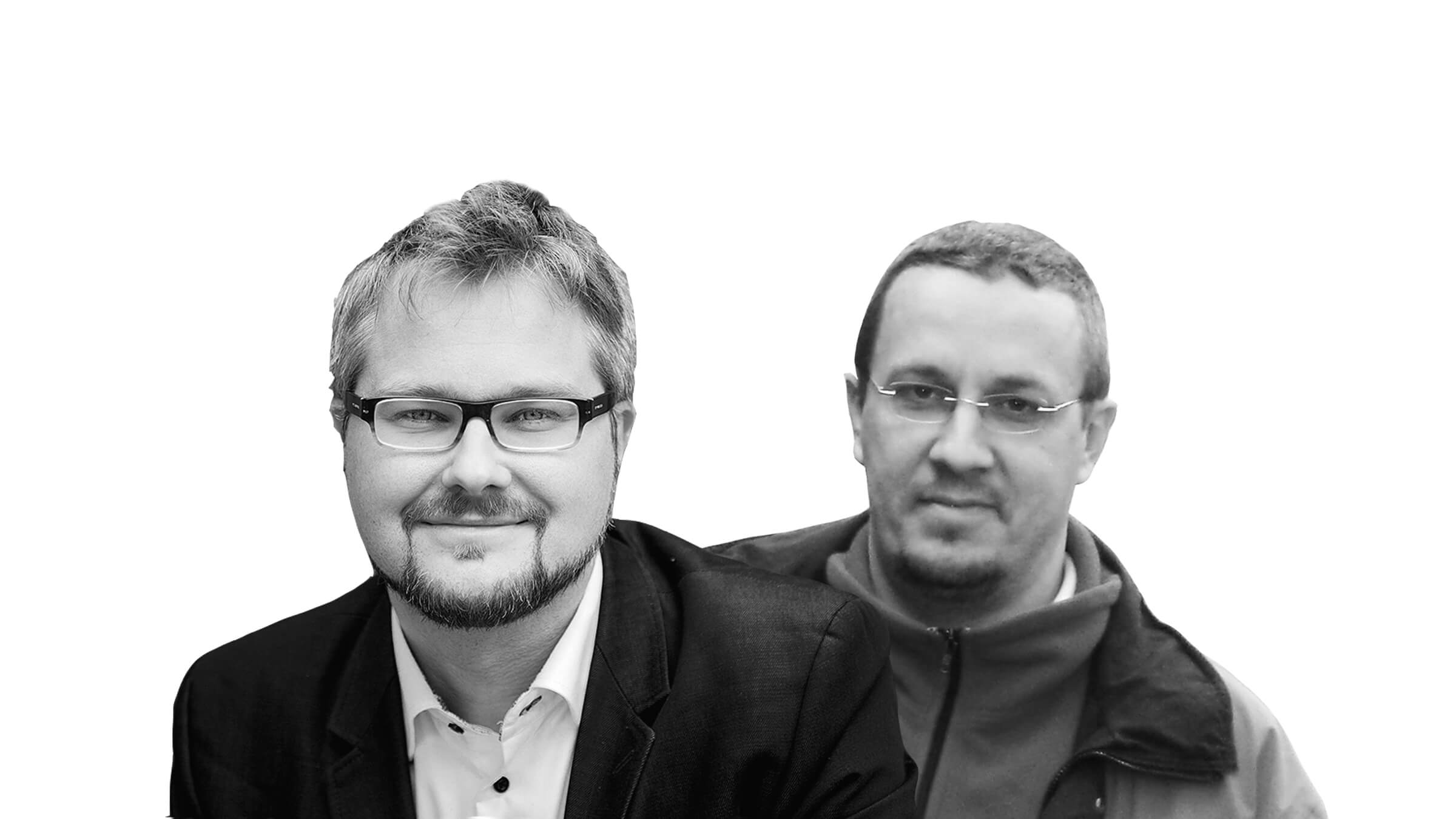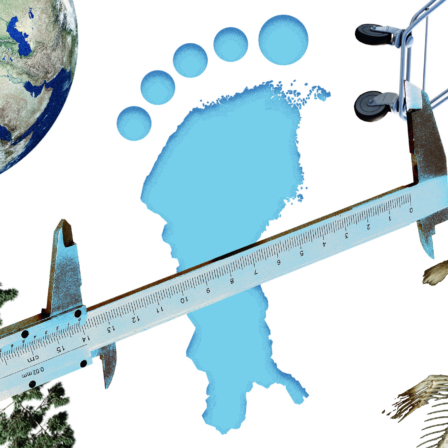More than a billion people in the world continue to live completely without electricity. How to supply them with electricity is a significant question both for the implementation of basic rights and managing climate change.
Two ways are currently available to bring electricity to new users: expanding the grid or dispersed off-grid solutions located outside the distribution network. A third way, which has received less attention, would be cheaper: optimising the operations of the electricity grid combined with smart electricity systems. If and when the grids are made to function in a smarter and more efficient way, it will be possible to make the existing production capacity sufficient for a larger number of users, reducing the need to build more generating capacity.
Optimisation and the inclusion of intelligence in the grid would also enable reverse innovation. The Green to Scale study calculates how much inventions and practices available in the developed market, such as district heating or cogeneration of electricity and district heat, would reduce carbon dioxide emissions in developing countries, once their use becomes more common. In this case it would be better to invert the set-up. Bringing smart electricity grid solutions that have been found to work well in conditions that prevail in developing countries to Western countries results in the greatest monetary savings and reductions in emissions.
The low quality of the electricity infrastructure of developing countries offers opportune conditions for the development of the systems. Let’s look at one recent example. Fortum recently reported (link in Finnish) that it had formed a one-megawatt “virtual storage battery” together with its consumer clients. These households will have their water heaters momentarily turned off if the need arises to even out the load on the electricity grid because of very cold weather or a malfunction in the grid.
These exceptional situations emerge rarely in Finland and in the developed world in general because the grid operates “too well”. On the other hand, the electricity grid in the Ethiopian capital Addis Ababa, where unannounced blackouts of an hour or more are an everyday occurrence, offers a genuine and challenging environment to test such solutions.
The attraction of non-existent regulation
Another attractive factor in developing countries is the low level of regulation. If something were to go seriously wrong in the smart electricity arrangements of Fortum, and households were forced to suffer from breaks in electricity, the repercussions for the electric utility company would be great. This effectively reduces the desire and the ability to take risks. Investment with greater risk is left to the public sector, whose resources are inadequate, and no development work can be done in an authentic environment.
However, in Ethiopia, the regulation enforcing electric utility companies to pay compensation is not available – not even when a sudden peak in voltage causes a television to catch fire and burn a house down.
One might ask if it is morally right to take advantage of a poor or non-existent regulatory environment for product development. It is right, because with automation, optimisation and intelligence it is possible to solve problems that have, until now, proven to be overwhelming in conditions that prevail in developing countries. And best of all, when the problems are solved, people can invest in equipment requiring reliable electricity, like deep freezers, which will change the whole dynamic of society.
Structural problems as impediments to development
In Europe, optimisation concentrates on factors that arise from legislation, such as the quality and reliability of electricity, safety and the reduction of operative costs. On the developing market the list of issues needing attention is different, longer and more challenging.
In Ethiopia, for example, as in many other developing countries, the problem is that the price of electricity is artificially kept too low for political reasons. With the total loss of electricity at about 40 per cent, the government has been forced to subsidise the operations of the utility companies. In addition, the government is dependent on funding from outside sources such as the World Bank and the African Development Bank.
The electricity production and distribution grid has been built up as a kind of patchwork quilt owing to differing interests and preferences for external sources of funding. Nobody has any control over the whole, and critical know-how is in the hands of consultants chosen by the international sources of funding through competitive bidding, and not state-run utility companies. This is no way to optimise the overall situation.
The situation in Ethiopia is not even the worst. In many developing countries more than half of the electricity produced is never paid for. There are many reasons for this: technical losses caused by errors in design and the poor operation of the grid, the out-and-out stealing of electricity or political decisions not to bill certain consumers. And on top of all of this are the problems caused by the quality of electricity, such as metering errors resulting from low voltage on the grid, which leads to failures to invoice for electricity.
Smart metering and guidance systems can almost completely eliminate losses linked with theft and billing problems, and losses caused by different kinds of technical problems can be significantly reduced.
An imbalance in the generation and consumption of electricity is typical for developing countries: electricity output and construction of the distribution grid has not kept pace with the growth in consumption. For instance, in Ethiopia a few years ago some factories were only allowed to use their machinery at night. It would be possible to manage the imbalance by prioritising consumers and the loads required by the consumers. Smart systems can, for instance, switch off heaters of individual consumers for a short time while leaving lighting on, or in the case of a wider disturbance, leave the electricity on in a hospital while switching off the supply elsewhere.
More detailed information as a foundation for policy
Lower prices for smart electronics, sensors and data communications, such as data processing and algorithms, has also, in principle, made it more possible to use developed tools in the optimisation of the distribution grids of developed countries.
For now, however, external funders have wanted to take the easy way out in their competitive bidding – asking for traditional solutions for specific projects. Now, as the financial instruments of the World Bank are becoming more results and performance-based, this might also open the way for smart solutions for developing countries.
In some situations, investments in a smart network would pay for themselves very quickly, by making it possible to bill for a greater proportion of the electricity produced. By increasing the use of smart technology, it is possible to avert or shift part of the power plant and transmission line investments to better times. As reliability improves, investments in reserve power, for instance, can be radically reduced. This is significant for environmental impact, because reserve power is typically produced using diesel or heavy fuel oil.
In developing countries investments in intelligence in the electricity grid would also bring plenty of positive spin-off effects, by enabling knowledge-based societal decision-making. The reason for this is that these days smart metering systems provide such detailed information that they can be used for analysing household purchasing power, changes in work and family situations, migration patterns and many other socio-economic parameters. For instance, they can reveal when a child has been born into a family or when someone has found a new job.
This information, combined with information collected from other sources, such as mobile phone user profiles, mobile banking and changes in consumer prices, can produce tools that help decision-making throughout different sectors of society.
For instance, the population in Ethiopia grows by the equivalent of the entire population of the Finnish city of Oulu, about 200,000 people, every month, and migration to the cities takes place in even greater numbers. Such rapid societal changes cannot be followed, or analysed, without the real-time raw data from smart meters on electricity grids.
Inverse innovation
Smart solutions sound expensive and complicated but one firm, the Ethiopian company dVentus Technologies, has integrated these into the smart electricity and water meters it designs, as well as their guidance and analytics software.
Collaboration with these kinds of very innovative local companies easily opens access to developing growth markets for Finnish enterprises. A firm’s ultimate target market might be in Finland and in other developed countries, but if the technology can be made to work in a difficult environment like that in Ethiopia, it would certainly also work in Espoo.
In Finland a discussion has emerged about the creation of a capacity market – for instance, tax revenue would be paid to electric utility companies to keep coal power plants on standby and to only work in exceptional circumstances. The need for reserve energy would be greater the more electricity is generated using alternative energy sources whose capacity varies according to the weather conditions. By increasing the smart element using functions that have been honed and proven effective in conditions prevailing in developing countries, it would be possible both to save the taxpayer money and reduce the burden on the climate.
















Recommended
Have some more.